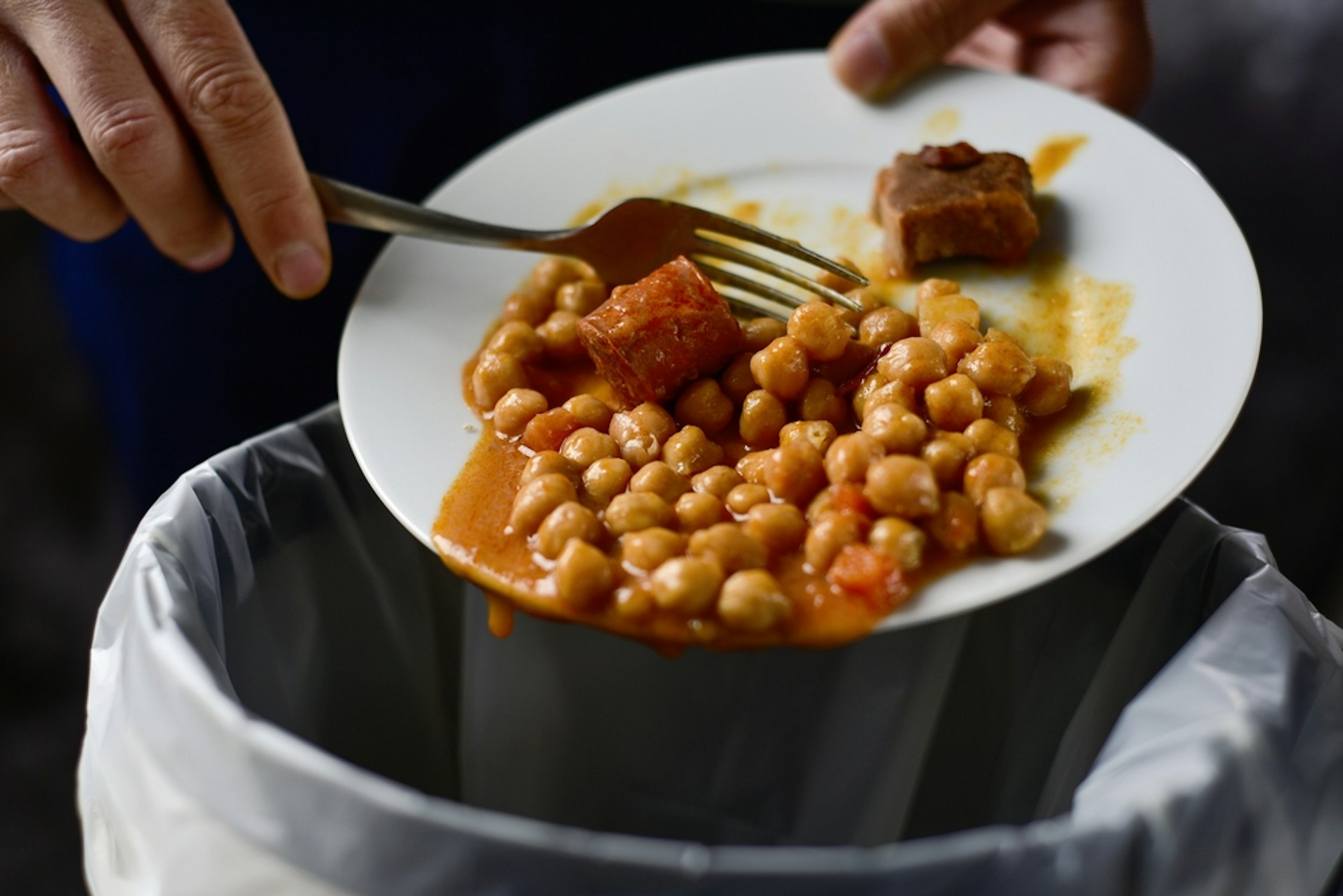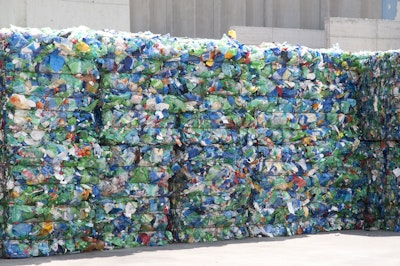Article published by Samer Kamal, Averda's Chief Sustainability Officer, 7 October 2022. View original article here.
There is no shortage of quality and diversity in the food scene in the GCC. I am used to the idea that the foods I buy have diverse nationalities, just like my friends. Tomatoes from the Netherlands, apples from New Zealand, strawberries from Egypt and onions from India.
In fact, according to Strategy&, 85 per cent of the food we consume in the GCC is imported. The limited fresh water and poor soil of the desert does not support large scale conventional farming. Despite this, the region enjoys a high level of food security due to strong government efforts and a high GDP.
This is not the case globally. According to the United Nations, 30 per cent of people around the world did not have access to adequate food in 2020. Covid, combined with the war in Ukraine, left 822 million people suffering from chronic undernourishment today.
This sad reality is made even more poignant by the fact that a third of food produced for human consumption goes to waste annually. We grow enough food to feed the world, but we don’t manage to get it to the people who need it most.
Some argue that the issue is one of affordability, that is distributing this food is too expensive. However, the UN Food and Agriculture Organization determined that the global economic cost of food waste exceeds $1 trillion annually. Food waste also has a huge environmental impact on our planet: if food waste was a country, it would have the third biggest carbon footprint after the US and China.
Having spent my career dealing with the society’s waste, I can tell you that the Gulf region is a significant contributor to that carbon footprint. Saudi Arabia wastes an estimated 427 kilograms of food per person per year. Meanwhile, data from Qatar University shows that Qatar’s food waste amounts to between 584 to 657 kilograms per person each year.
Managing that waste
In contrast, Europe and North America discard between 95 and 115 kilograms of food waste per person annually. Dubai’s carbon data confirms that the average volume of food waste is 38 per cent, but that this number increases to 60 per cent during Ramadan.
The sources of this food waste include over purchasing, insufficient cold-chain infrastructure, short best-before dates, rejection of ‘ugly produce’ and a culture of hospitality that, while endearing and luxurious, results in the over production of food in homes and businesses.
Apps too can help
There is no food waste panacea that will magically eliminate these systemic challenges. Food importers and retailers have to ensure efficiency in the transport and storage of food to minimise waste. Once the food is in the market, the issue becomes more complex.
The obvious first step is to reduce the amount of food purchased. This starts by understanding how much food is going to waste. Thankfully, technology is helping track commercial kitchen waste. Apps like Leanpath help chefs categorise and measure the precise amount of each type of waste generated, allowing them to order less, reduce waste and save money.
Governments are also helping to reduce food waste by charging fees for disposal. Dubai implemented landfill disposal fees for commercial waste: every kilo of food waste now also costs money to put into landfill.
Seek out NGOs
The next step for businesses is to sell or donate surplus food through NGOs. Apps like Too Good To Go, and local initiatives like the UAE Food Bank, are committed to distributing food to those in need.
If feeding people is not an option, we can feed animals. According to the World Wildlife Fund, approximately 30 per cent of waste from food supply chains is used to feed livestock. However, turning all food waste to animal feed is not that simple.
Farmers need to find a balance between food that is healthy, affordable, and consistently available. Biotech can play a role in this. Circa Biotech use food waste to grow black solider flies to feed to livestock. These flies start their lives as larvae that love to eat organic material. When the larvae eat food waste they grow rapidly and become an amazing source of nutrient and protein rich food for fish and chickens.
If we can’t feed people or animals, we can feed the grid. In a controlled environment, food waste can decompose into methane and fertilizer. This methane can be captured and converted into electricity. This process has the environmental benefit of avoiding uncontrolled methane release from landfill, and reducing the use of fossil fuels for electricity.
Giving back to the soil
Feeding the soil is another great way of reusing food waste. Composting is one of the oldest ways to get the nutrients and the water from food waste back into the soil to help grow new food.
Technology companies have even found ways to accelerate what nature does with food waste. Companies like ORCA Digesters use microorganisms to breakdown food waste into an environmentally safe liquid that can be disposed of down the drain. Commercial kitchens using their technology, no longer need to dispose of food waste – no mess and no polluting trucks.
Reducing food waste is essential to feeding our population and addressing climate change. Estimates suggest that 8-10 per cent of global greenhouse gas emissions are associated with food that is not consumed. A key commitment made by world leaders and environmentalists at COP26 was to reduce methane, and food waste is a major source of methane at landfills.
I will continue to explore new foods and enjoy the diversity of cuisines available to me in the Gulf, but I will do that as responsibly as possible.



